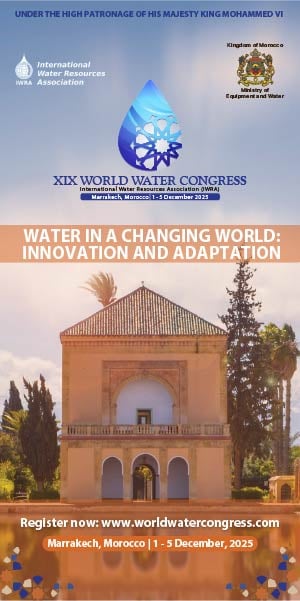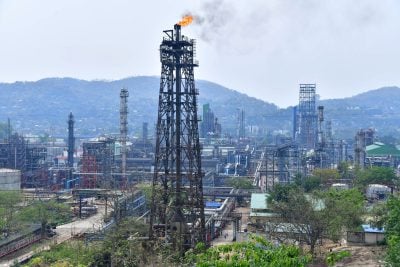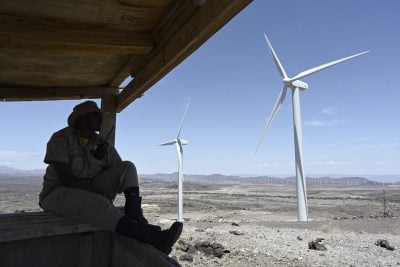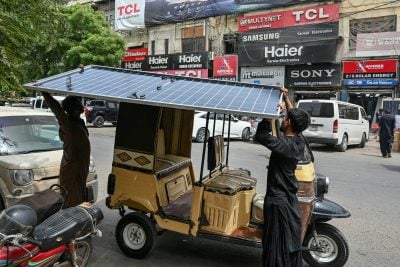Countries in sub-Saharan Africa will need to invest 1.5 times or more than advanced economies as a share of GDP today to support economic development and build low-carbon infrastructure to enable a shift to net zero greenhouse gas emissions, according to a report from McKinsey.
The Net Zero Transition Report finds that poorer countries and those reliant on fossil fuels are most exposed to the shifts in a net-zero transition and are more susceptible to changes in output, capital stock, and employment because exposed sectors make up relatively large parts of their economies.
The data will boost calls, made at Cop26 in Glasgow last year and likely to be repeated at Cop27 in Egypt later this year, for Africa to receive more financial support from the developed world to manage its transition to a net zero future.
Greater burden for Africa
The report says that developing countries and those with large fossil fuel sectors would likely spend more on physical assets, relative to GDP, on decarbonisation and low-carbon growth. In developing regions, spend on energy and land would form a substantially larger share of national GDP: about 10% in sub-Saharan Africa, India and some other Asian countries, and Latin America.
Under a net zero scenario, power generation would need to be scaled substantially, with the greatest increase in demand borne by sub-Saharan Africa (a sevenfold increase compared with today).
In sub-Saharan Africa, spending on low-emissions assets would increase from about 50% of annual average investments under current policies to 70% in a net-zero transition, although this would decrease in the future as incomes increase and the build-out of low-carbon assets peaks.
“These regions already spend more as a share of GDP on physical assets for energy and land-use systems today compared with developed economies, and this is expected to continue – irrespective of future transition actions – given their stage of development and their goal to spur higher rates of economic growth and development,” say the report’s authors.
As a major fossil fuel producing region, the Middle East and North Africa will have to spend as much as 16.3% more as a proportion of GDP on energy and land to enable its transition.
- COP26 leaves African nations wanting more
- After Cop26, Africa needs more ambitious climate targets
- The failure that was Cop26
- Vanessa Nakate takes an African voice to Cop26
Global costs
Global capital spending on physical assets for energy and land-use systems in the net-zero transition between 2021 and 2050 would amount to about $275 trillion, or $9.2 trillion per year on average, an annual increase of as much as $3.5 trillion from today. However, the economic and social costs of a delayed or abrupt transition would raise the risk of asset stranding, worker dislocations, and a backlash that delays the transition, says McKinsey.
The transition could result in a gain of about 200 million and a loss of about 185 million direct and indirect jobs globally by 2050.
Want to continue reading? Subscribe today.
You've read all your free articles for this month! Subscribe now to enjoy full access to our content.
Digital Monthly
£8.00 / month
Receive full unlimited access to our articles, opinions, podcasts and more.
Digital Yearly
£70.00 / year
Our best value offer - save £26 and gain access to all of our digital content for an entire year!

 Sign in with Google
Sign in with Google 





